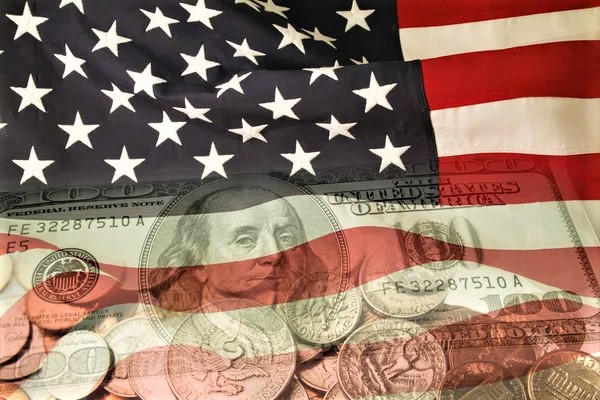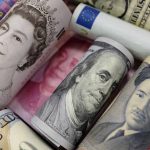VOT Research Desk
Nov 2,2022
Market Analytics and Considerations
The strong dollar this year has prevented already high inflation in the United States from rising even faster. When Federal Reserve officials met this week in Washington, D.C. behind closed doors, they were much more concerned about the reasons why consumer prices are rising than the factors that might lessen the pain.
However, a falling dollar adds a new and unwelcome source of upward pressure on inflation to the mix if global currency markets turn. The foreign exchange factor may also pose a fresh threat to the prices of risky assets like bitcoin and stocks.
U.S. imports have become less expensive as a result of the strong dollar, which has benefited American consumers. With a trade deficit of $67.4 billion in August alone, the United States is by far the world’s largest importer.
Even though the main inflation rate is currently above 8%, which is close to a four-decade high, a government-produced index of U.S. import prices (excluding food and fuel) has decreased by 1.8% since April. The Labor Department claims that in September, it became less expensive to import building materials, non-electrical machinery, and industrial supplies.
As a result, it stands to reason that consumers in the United States would pay significantly more for imports if other currencies began to appreciate against the dollar. The Fed wouldn’t have to deal with a new inflationary pressure as a result for most of this year.
According to an interview with CoinDesk, former Treasury Secretary Lawrence Summers, “if the dollar weakens, that will be inflationary.”
What it means for the Fed, bitcoin One question is whether such a development might make it harder for the Federal Reserve to shift toward a more dovish monetary policy, as some central bankers have suggested in recent weeks.
It is significant for the market for bitcoin (BTC) because bitcoin has demonstrated an inverse correlation with the dollar and has been adversely affected by tighter Fed monetary policy. This year, the largest cryptocurrency has lost 58%, but the U.S. Dollar Index has increased 16%.
The U.S. central bank might have to keep interest rates higher for longer if a Fed shift toward a softer stance led to a weaker dollar and inflationary pressures. This could create an overhang for the bitcoin market.
The negative effects of their own weaker currencies have already been evident in other nations, including major economies in the Group of Seven. In the European Union, inflation recently reached a new high of 10.7% in October, as energy costs increased by 41.9 percent from a year earlier; It goes without saying that prices for a lot of important goods, like oil, are in US dollars.
Traditional market signals point to the possibility of a Fed softening. The 10-year U.S. Treasury note’s yield is likely to fall below that of the three-year note, which can be a sign of a recession. The dollar would ostensibly become less appealing because yields would likely fall and global investors would have less incentive to buy U.S. fixed-income investments if slower economic activity caused the Fed to cut interest rates to soften the landing and minimize job losses; The demand for dollars would decrease.
Opportunities for a reorientation According to at least one prominent economist, the Fed’s anticipated rate increase next month may be its last for some time.
Ian Shepherdson, Pantheon Macroeconomics’ chief U.S. economist, wrote in a note on Sunday that “we see a decent chance that core inflation and wage growth will slow at the same time, more or less,” making it much more likely that the Fed’s final hike will be in December.
Markets still expect the federal funds rate to reach its all-time high of 4.9% in the summer of next year, up from about 3% at the moment. Furthermore, based on the most recent forecasts made by Fed officials, the main interest rate could reach 4.6 percent by the year’s end.
Therefore, the dollar may continue to benefit from tailwinds for some time.
However, in the event that this is not the case, the Federal Reserve may once more come to the conclusion that in the current economic climate, when one inflationary pressure subsides, another one appears suddenly.









